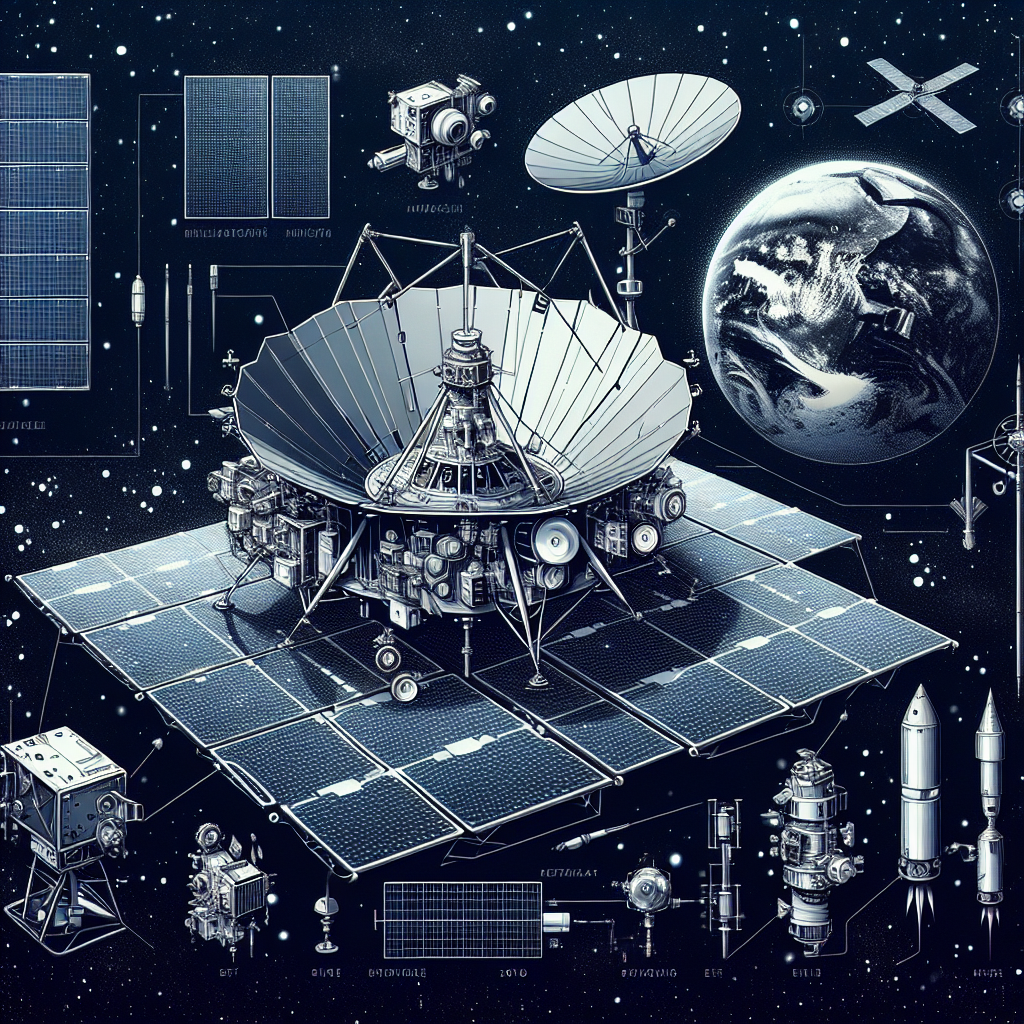Historic NISAR Mission: NASA and ISRO's Groundbreaking Space Partnership
The NISAR mission, a collaboration between NASA and ISRO, is undergoing a critical 90-day commissioning phase to prepare for full-scale earth observation. This partnership marks a milestone in joint space ventures, combining expertise to collect unprecedented data and foster deeper scientific and technological collaborations.

- Country:
- India
The landmark NISAR mission, a joint endeavor by NASA and ISRO, is now in its pivotal 90-day commissioning stage. During this phase, scientists will perform extensive checks, calibrations, and orbital adjustments to prime the satellite for comprehensive earth observation activities.
The mission advanced after its successful launch on July 30 via a GSLV-F16 rocket from Srikharikota, Andhra Pradesh. Gerald W Bawden, Program Manager for Natural Hazards Research at NASA's Earth Sciences Division, detailed the ongoing crucial operations as the satellite prepares to rise from an insertion altitude of 737 km to 747 km over 45-50 days.
NISAR's dual-band radar technology provides unprecedented data collection capabilities, intended to image every 12 days. This collaboration highlights the mutual benefits gained by NASA and ISRO, enhancing global scientific research and fostering cherished partnerships across cultural boundaries.
(With inputs from agencies.)
ALSO READ
NISAR: Pioneering the Future of Earth Observation
ISRO and NASA's NISAR Satellite: A Leap in Global Earth Observation
NISAR mission to benefit global community in earth observation: ISRO chief
Countdown to NISAR: Pioneering Earth Observation Sets July Launch
GSLV rocket carrying NISAR earth observation satellite lifts off from Sriharikota.










